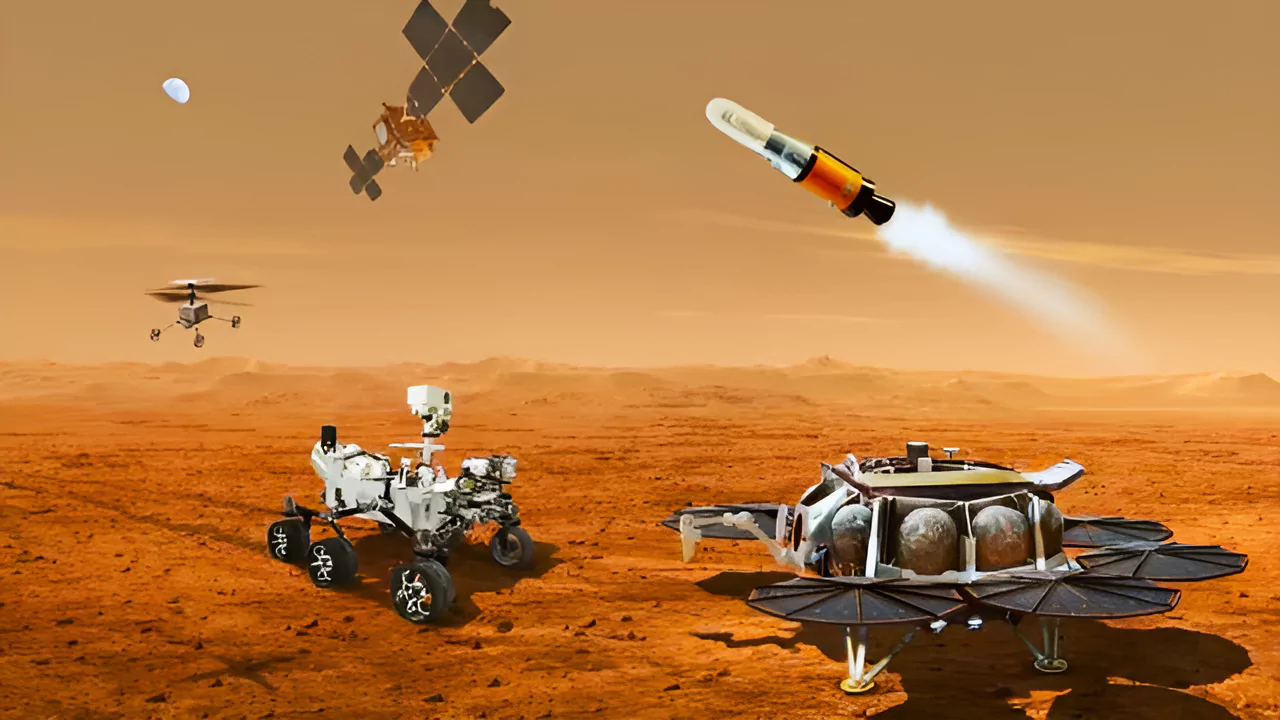![]() 22 Apr 2024
22 Apr 2024
NASA’s Perseverance Rover, named Percy, in 2023 created the first “sample depot on Mars” by deploying ten rock sample tubes.


| Must Read | |
| NCERT Notes For UPSC | UPSC Daily Current Affairs |
| UPSC Blogs | UPSC Daily Editorials |
| Daily Current Affairs Quiz | Daily Main Answer Writing |
| UPSC Mains Previous Year Papers | UPSC Test Series 2024 |
<div class="new-fform">
</div>